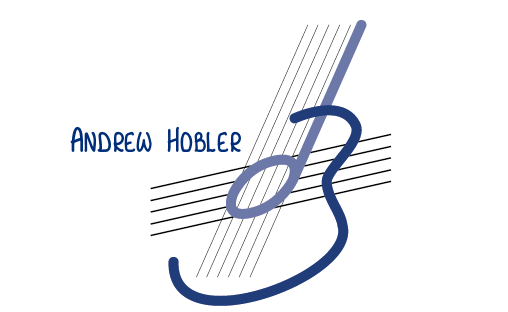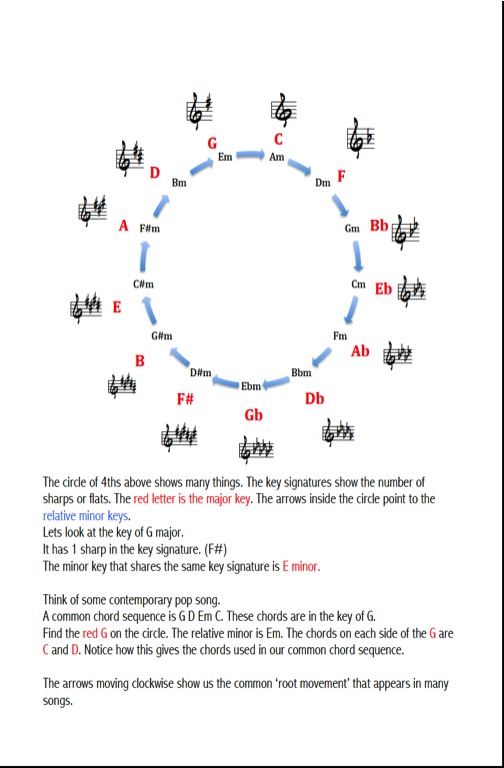Set up
January 27, 2017
A new guitar often needs 'setting up'. This is a little like getting a car that has never been 'tuned' and never having it serviced.
Guitars are precision machines that need to be operating at their best to make it as easy as possible to play, and to make the guitar sound as clean and 'in-tune' as possible.
A good guitar technician (www.walcott.guitars.com.au) will look very closely at your guitar and all of the variables that can be changed.
Aspects such as the neck relief (bend), neck tilt, nut height and angles, bridge saddle height and angles, intonation (fine tuning) and fret levelling can be adjusted to bring out the best response from your instrument.
In many instances, the action (string height) can be far too high even on brand new instruments and it makes the guitar difficult to press down the strings. This is harder for beginners of course.
A set up is a relatively inexpensive way to bring the best out your instrument. I have a Fender Deluxe Stratocaster that has been set up a number of times in the 12 years I've had it. Each time it is done, the guitar feels and sounds so much better. It generally gets 'out of whack' in a very gradual way and we don't always realise it is happening and then all of a sudden it sounds bad and won't play in tune and may buzz or rattle.
You would need to find a good guitar technician who can bring it back to life. It will cost a little but is always worthwhile.
I use Pete Walcott at www.walcottguitars.com.au. He lives close by and I trust him with my many instruments. Ask around your area and seek the advice of experienced guitarists.
I hope you have found this useful.
Guitars are precision machines that need to be operating at their best to make it as easy as possible to play, and to make the guitar sound as clean and 'in-tune' as possible.
A good guitar technician (www.walcott.guitars.com.au) will look very closely at your guitar and all of the variables that can be changed.
Aspects such as the neck relief (bend), neck tilt, nut height and angles, bridge saddle height and angles, intonation (fine tuning) and fret levelling can be adjusted to bring out the best response from your instrument.
In many instances, the action (string height) can be far too high even on brand new instruments and it makes the guitar difficult to press down the strings. This is harder for beginners of course.
A set up is a relatively inexpensive way to bring the best out your instrument. I have a Fender Deluxe Stratocaster that has been set up a number of times in the 12 years I've had it. Each time it is done, the guitar feels and sounds so much better. It generally gets 'out of whack' in a very gradual way and we don't always realise it is happening and then all of a sudden it sounds bad and won't play in tune and may buzz or rattle.
You would need to find a good guitar technician who can bring it back to life. It will cost a little but is always worthwhile.
I use Pete Walcott at www.walcottguitars.com.au. He lives close by and I trust him with my many instruments. Ask around your area and seek the advice of experienced guitarists.
I hope you have found this useful.
Posted by Andrew Hobler. Posted In : Guitar Purchase and Maintenence





